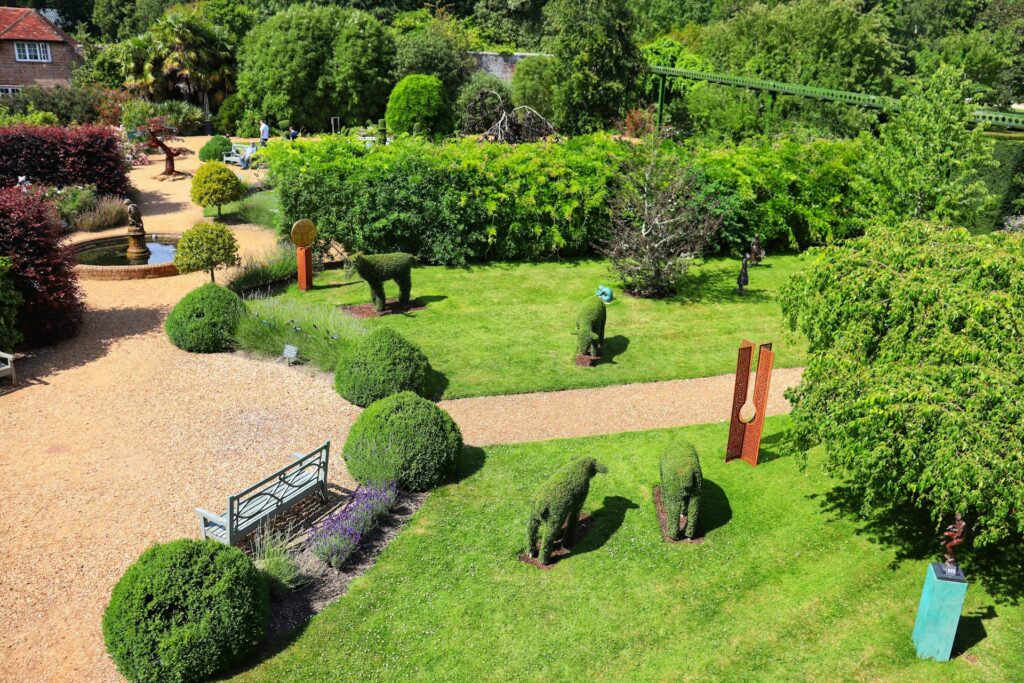Maintaining a beautiful, healthy lawn is a goal shared by many homeowners. However, achieving this requires a solid understanding of the basics of lawn care and maintenance. In this comprehensive guide, we will delve into the world of lawn maintenance, covering everything from selecting the right grass for your region to mowing techniques and fertilization.
Always Green Landscaping is your solution for lawn care and landscape services. We know how hot Myrtle Beach can get. Why cope with the heat when you can spend your time at the beach or on one of Myrtle Beach’s many golf courses?
Selecting the Right Grass for Your Lawn
The first step to a successful lawn is choosing the right grass for your region. Cool-season grasses, such as bluegrass, perennial ryegrass, tall fescue, and fine fescue, are suitable for areas with cooler climates. Warm-season grasses, like bahia, common bermuda, hybrid bermuda, centipede, and zoysia, thrive in warmer regions.
Mowing Techniques
Mowing is a crucial aspect of lawn maintenance. Mow at the recommended height for your grass species, never removing more than 1/3 of the leaf blade. Avoid mowing when the grass is wet, and keep your mower blades sharp to prevent tearing the grass and making it more vulnerable to pests and diseases.
Fertilizing Your Lawn
Fertilizing your lawn is essential for its health and appearance. Proper fertilization helps your lawn resist weed invasion and requires less watering and mowing. Be sure to read the fertilizer label and follow UF guidelines on fertilization.
Irrigation
Over-watering is a common mistake that can damage your lawn. A healthy lawn has deep roots, which can tolerate stresses like drought and traffic. Water your lawn when it shows signs of thirst, such as folded leaf blades, blue-gray color, or footprints visible in the grass.
Aeration and Seeding
Aeration and seeding are essential for maintaining a healthy lawn. Aerate during the growing season to allow grass to heal and fill in any open areas after soil plugs are removed. Overseed once a year after mowing, dethatching, or aerating to ensure seeds reach the soil and germinate.
Common Lawn Care Mistakes
Avoid common mistakes like cutting the grass too short, choosing the wrong grass type for your climate, failing to use fertilizer, and ignoring the seasonal needs of your lawn.
FAQs
Can you put too much grass seed on your lawn?
Yes, too much grass seed can cause the grass to compete for nutrients, damaging the health of your lawn.
How long does it take a grass seed to germinate?
Different grass types have different germination time frames, but you can expect grass to germinate in a week or up to a month.
Should you fertilize or overseen first?
Fertilize a healthy, lush lawn first to give it a boost before you overseed.
Conclusion
With the right knowledge and techniques, maintaining a beautiful, healthy lawn is within reach. Remember, the key to a successful lawn is preparation, selection of the right grass for your region, proper mowing, fertilization, irrigation, aeration, and seeding. By following these guidelines, you’ll be on your way to a lush, inviting lawn that you can enjoy all year round.

